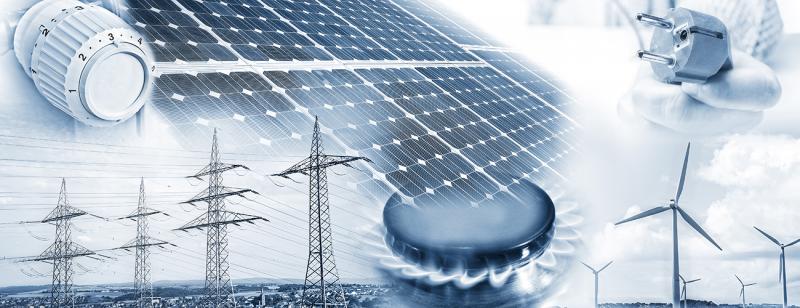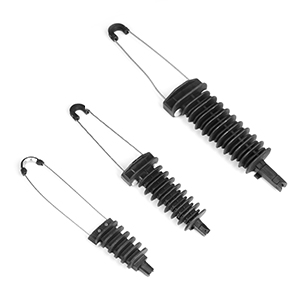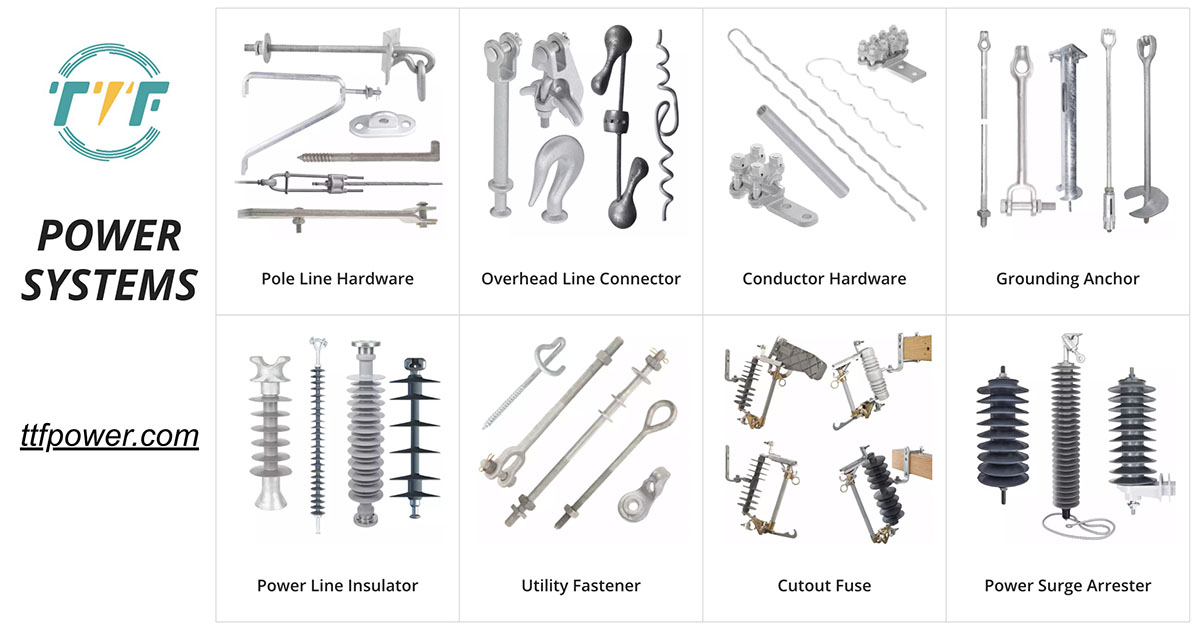
South America has abundant natural resources that help transform the energy sector. AI (artificial intelligence) plays a crucial role in energy production, distribution, and consumption. Using AI can help South America transition to a more efficient, sustainable, and resilient energy system. AI technology helps the region manage its diverse energy resources, address infrastructure challenges, and lead in the global shift towards clean energy. AI serves in several areas to address the challenges facing the energy sector. It works in areas such as renewable energy integration, smart grids, energy efficiency, grid security, and energy production. It addresses challenges such as data quality, infrastructure, and skills. ADSS deadend clamps work in overhead transmission lines due to their lightweight nature. AI algorithms can analyze data from sensors attached to ADSS deadend clamps to detect signs of wear and stress.
AI-powered simulations can help engineers design ADSS deadend clamps that are more efficient. Durable and resistant to various environmental factors. It can also help in selecting the best materials for the clamps, considering factors like strength, conductivity, and cost effectiveness. This helps in maintaining the grid infrastructure’s stability and durability. Also, ADSS deadend clamps play a crucial role in achieving net zero goals in South America. This is because they are efficient and sustainable compared to traditional overhead transmission lines. AI provides solutions across various sectors of the energy industry to speed up the transition to sustainable practices. Let’s discuss the role of AI and ADSS deadend clamps in South America’s net zero goals.
The role of ADSS deadend clamps in achieving net zero goals is significant
ADSS dead end clamps enhance the deployment and maintenance of energy and communication infrastructure. These components work in overhead fiber optic cable installations. They also contribute to more resilient and efficient power grids. They also enable the deployment of smart grids, renewable energy connections, and resilient communication networks. ADSS deadend clamps also support the infrastructure necessary for energy efficiency, renewable integration, and rural electrification. By doing so, they contribute to the region’s net-zero goals and sustainable development. Discussed below is the role of ADSS dead end clamps in relation to net zero goals.

- Supporting smart grid implementation – smart grids aid in the integration of renewable energy sources. They also optimize electricity distribution, which depends on communication networks. ADSS deadend clamps help to secure fiber optic cables, which form the backbone of the data transmission systems. The clamps ensure the stable and reliable installation of communication lines.
- Enhancing renewable energy integration – ADSS deadend clamps help to secure the communication and power cables that connect remote renewable energy installations. They help in the deployment of fiber optic networks that support the monitoring and control systems.
- Decentralization and electrification – ADSS deadend clamps serve in the installation of microgrid infrastructure. The infrasrtucture connects decentralized renewable energy sources. They also support the deployment of fiber optic networks for communication and monitoring.
- Improving energy efficiency and grid stability—smart grids and advanced monitoring systems help detect and respond to faults. ADSS deadend clamps serve in the installation of fiber networks. This helps to ensures stable communication infrastructure.
- Supporting smart city development – South America’s push towards net zero includes the development of smart cities. The networks enable the integration of services such as smart lighting, electric vehicle charging stations, and energy-efficient building management systems.
AI supporting net zero goals in South America
Artificial intelligence supports South America’s net-zero goals by enabling the optimization and transition to a low-carbon economy. AI has the ability to optimize energy efficiency, support renewable energy integration, and ease smart city development. The following is the role of AI in supporting net-zero goals in South America.

- Renewable energy integration – AI helps optimize the integration of renewable sources into the grid by predicting generation patterns. AI algorithms can balance the fluctuations in renewable energy production by adjusting grid operations and storage systems.
- Improving energy efficiency – AI-driven systems analyze energy consumption patterns in real-time. This allows for more efficient use of electricity in buildings, industries, and households.
- Optimizing grid management for stability – AI supports grid management by analyzing data from smart meters, sensors, and weather stations. It can also integrate decentralized energy resources like rooftop solar panels.
- Promoting smart city development – AI eases the development of smart cities, which reduces energy use in buildings, optimizes traffic flow, and manages urban resources.
